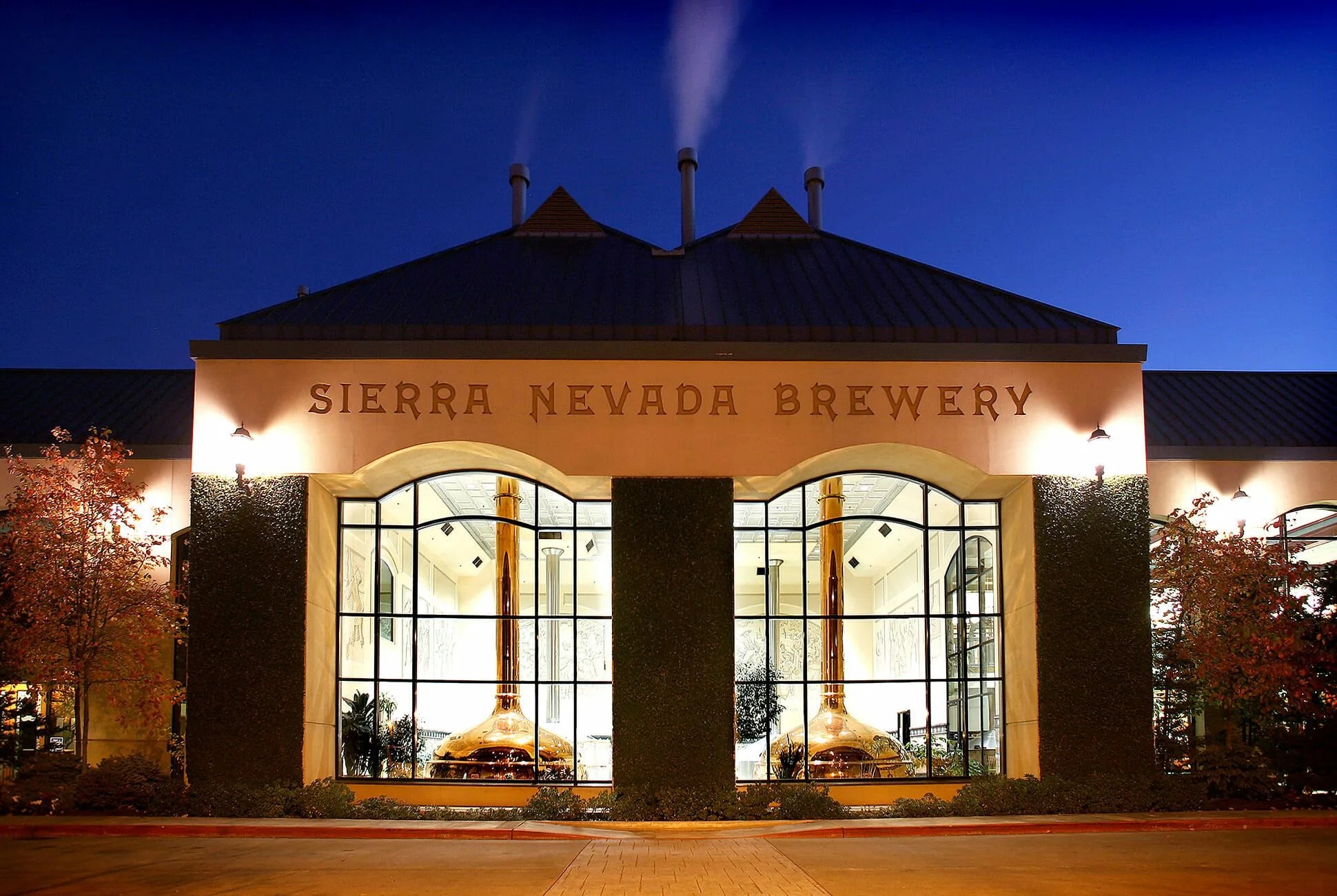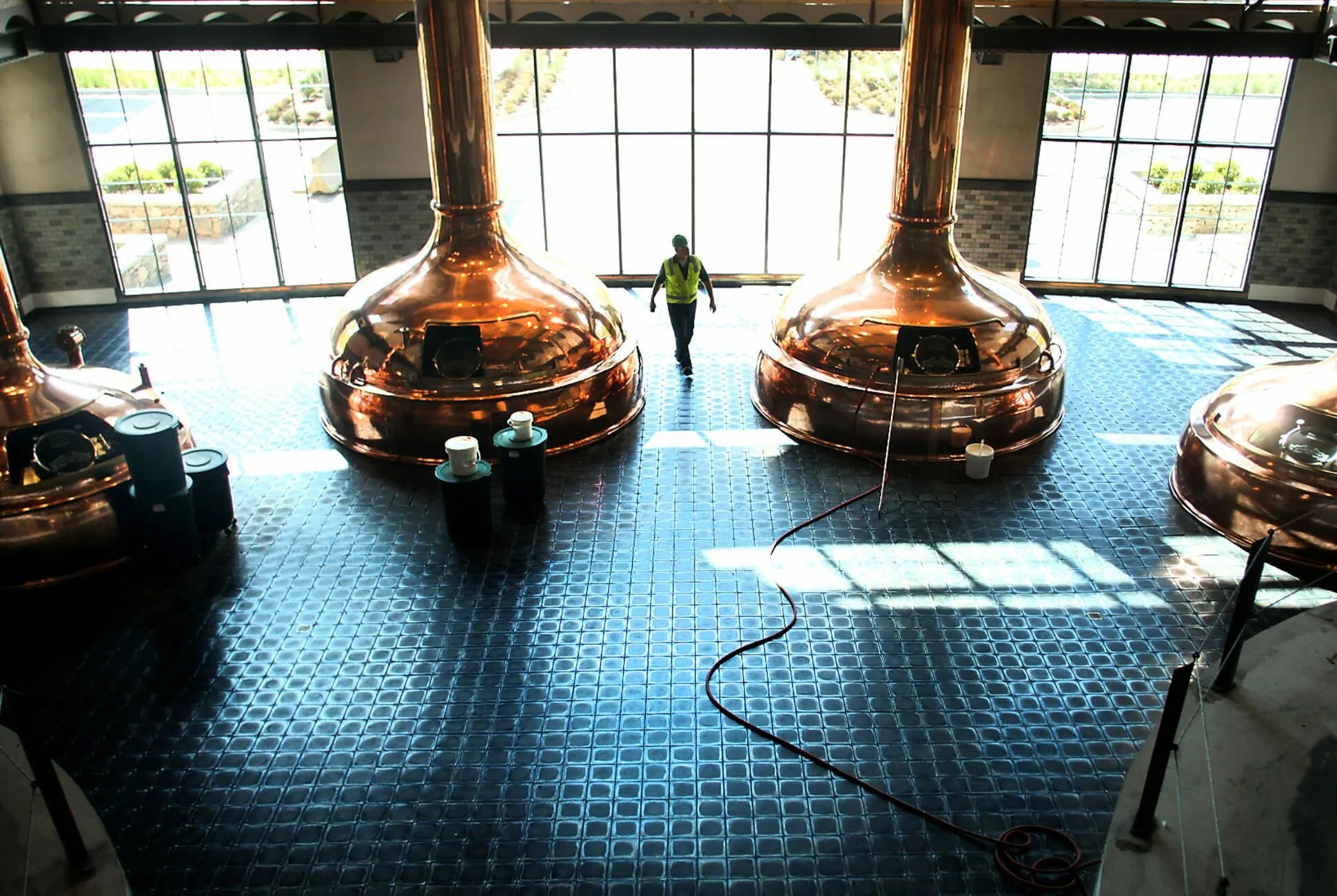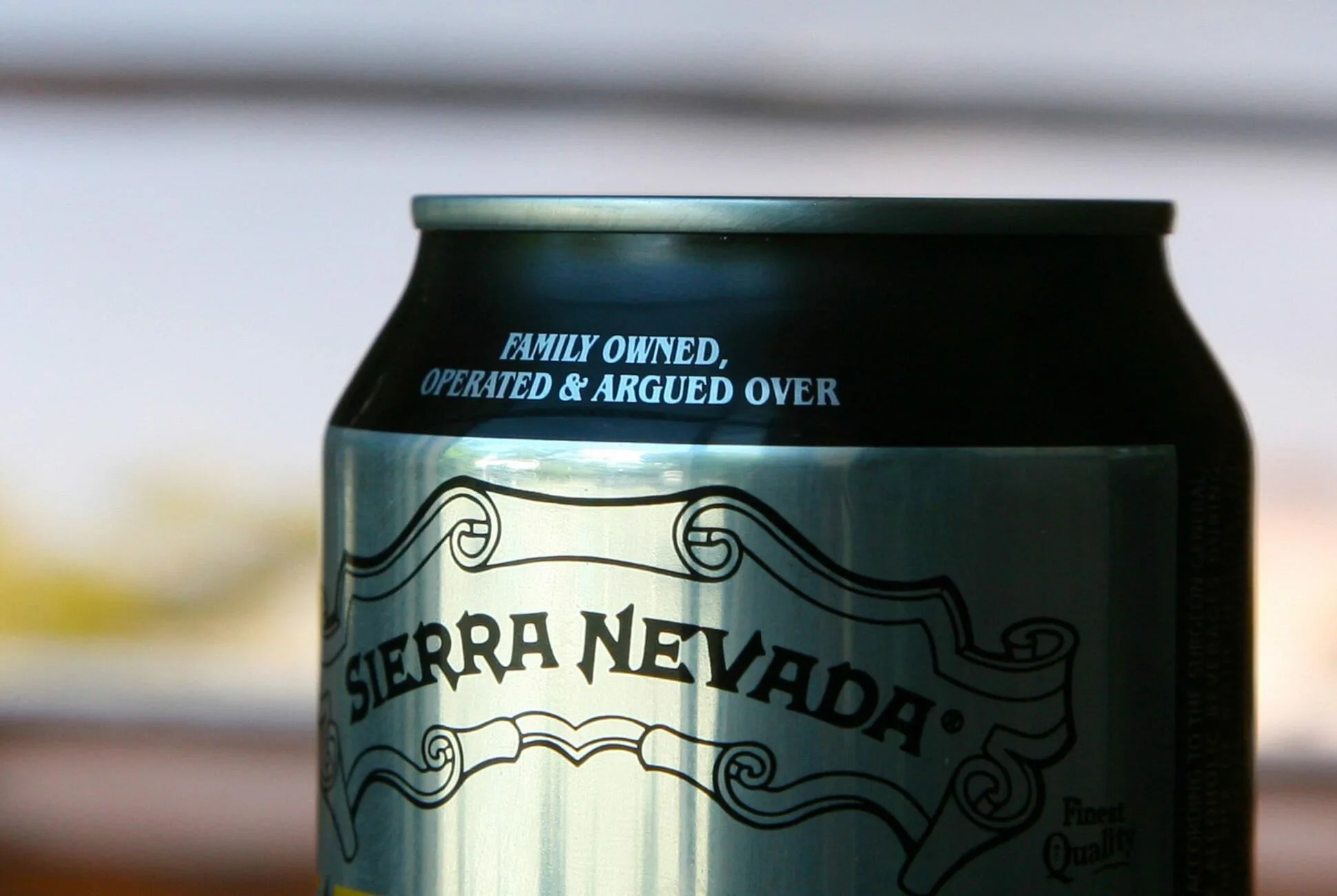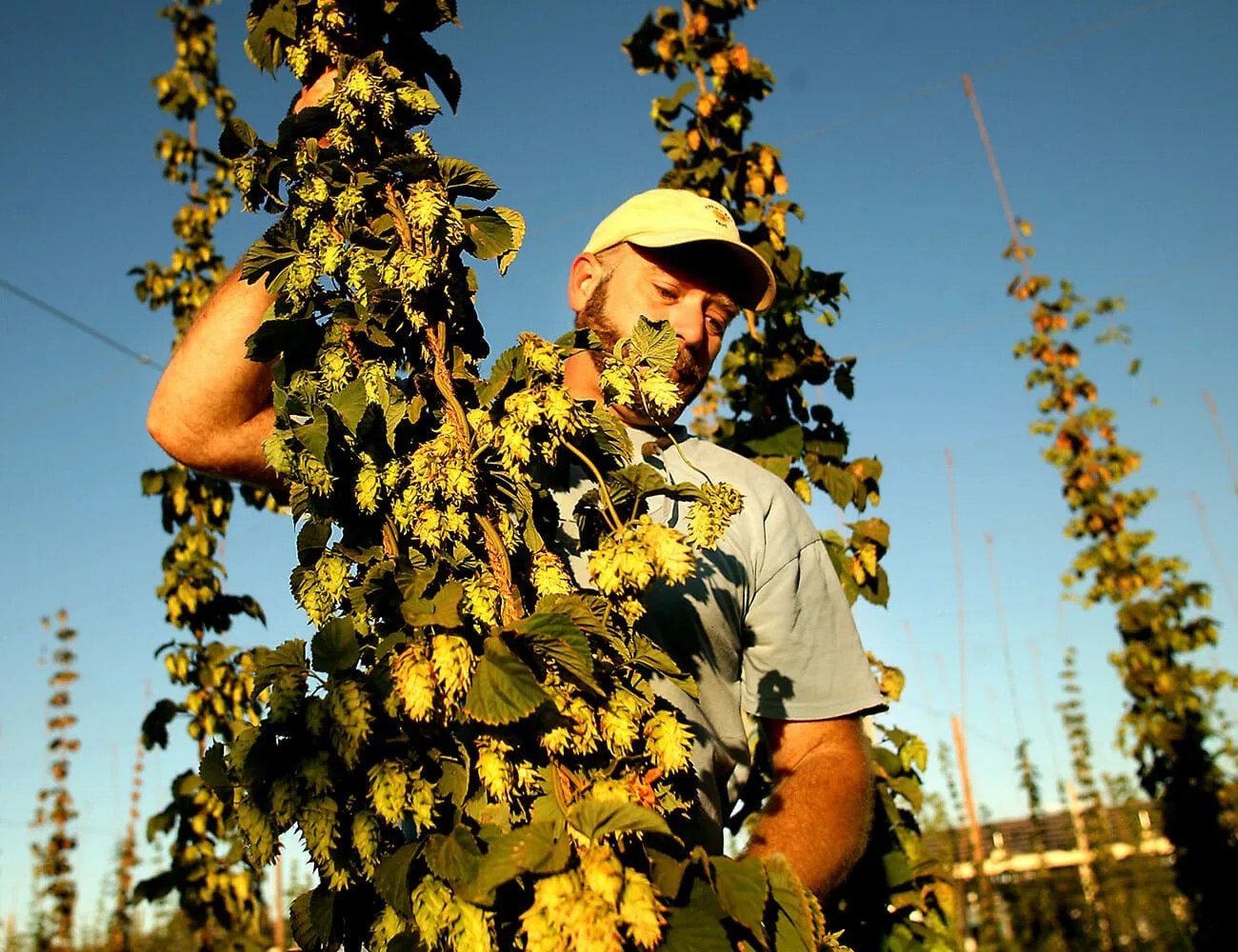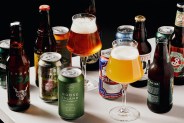7 photos
This year, Ken Grossman’s Sierra Nevada Brewing Co. turns 40 years old. Grossman was among the first wave of homebrewers who ventured out and decided their approach to beer making had a place in American bars. Four decades later the craft beer industry has taken roughly 13 percent of the U.S. beer market from the macro breweries while Sierra Nevada has become synonymous with good, consistent beer and steady production (as the third-largest craft brewery in the US, they make 1 million barrels a year). All this while remaining 100 percent family-owned and operated.
To celebrate 40 years, Grossman and team brewed a celebratory Hoppy 40 Year Anniversary Ale as a tribute to the Pale Ale that put the brewery on the map. It has a more citrusy and less resiny hop character and is a solid nod to their roots while fitting in with that classic American Pale Ale style. We spoke with Grossman on what he’s learned through four decades of beer making and what it means to make craft beer.
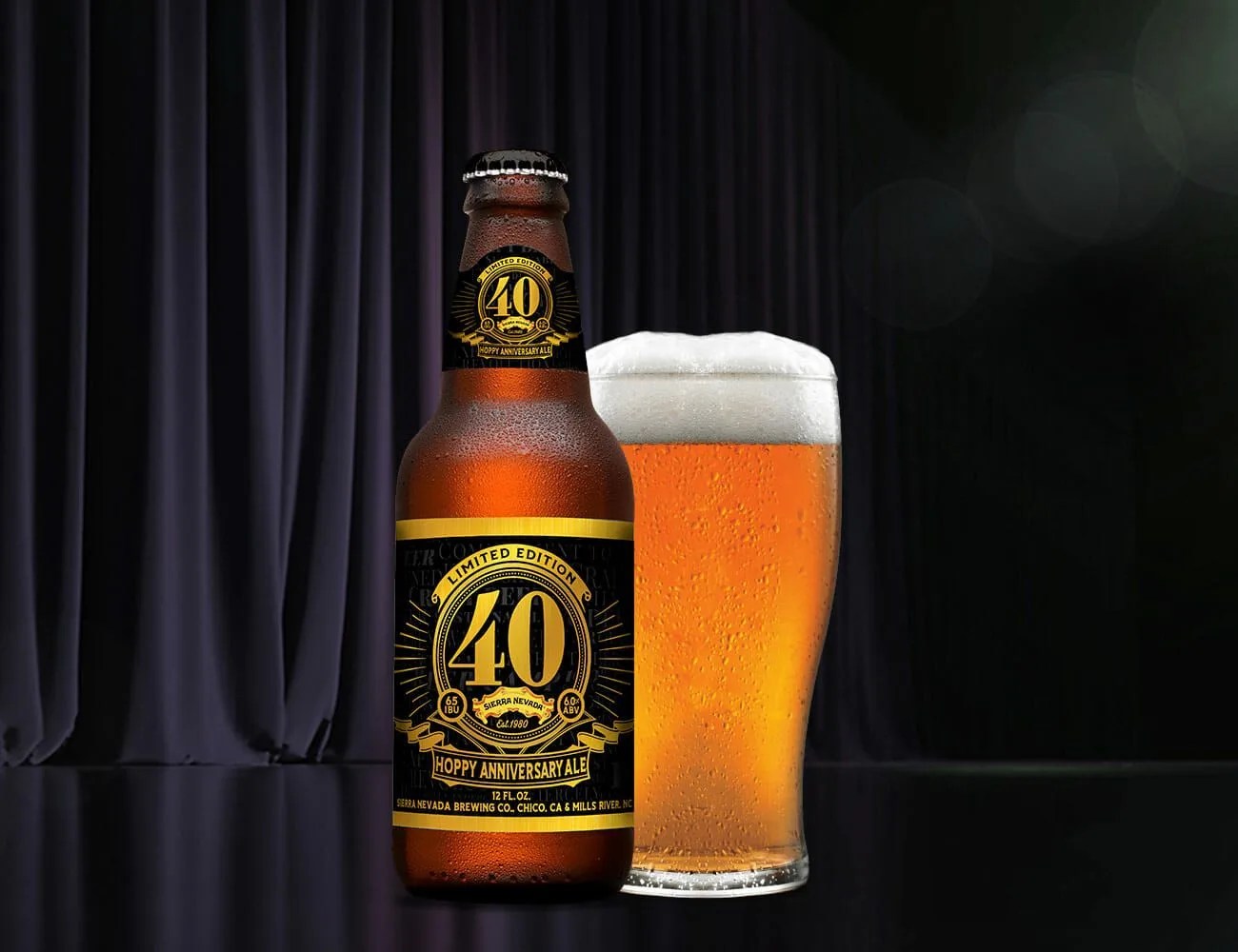
Q: Pale Ale is a classic now, but it was very different when it first came out. What were you trying to make?
A: Well, I guess going back to when we first created it 40 years ago, we were trying to do something that was not an English IPA. We wanted to Americanize the beer we were producing, so we featured the Cascade hop and a pretty interesting, and what’s now pretty well-loved, yeast strain that we found. And we hopped it up and made it distinctive. We knew we weren’t going to sell a lot of beer and thought we’d better have something that was memorable at that point in time. And so, we created a beer that had a lot of hop character.
Q: What you made was nothing like what the rest of America was drinking at that time, though.
A: There were right around 40 breweries in the whole country at that point, and almost all of them were producing a pretty similar style of beer. For the most part, it was really a light lager landscape. And there were a handful of imports. But most beer drinkers drank American light styles. We had to educate the consumer certainly, but also the retailers and the wholesalers, because they didn’t know what a craft brewery was, or microbrewery as we were called back then. We didn’t have any advertising, we didn’t have any salespeople. So, you’d have to go down and hand-sell the beer to a bar.
Q: You couldn’t get into stores and most bars turned you away immediately. How did you sell any beer?
A: We found Irish bars in San Francisco were willing to try something a little different, but they were few and far between as far as getting the bar owner to try it. Once they wanted it then you had to convince the wholesaler to carry the beer and deliver it to them. So, it was a lot of beer festivals and a lot of hand sampling. And then it started to take off in the early 80s. Insert the articles about the craft beer and about this new wave. And it happened on both coasts, but really first on the West Coast. California and Colorado were where the first handful of breweries primarily opened up. It was tough getting any traction back in the beginning.


